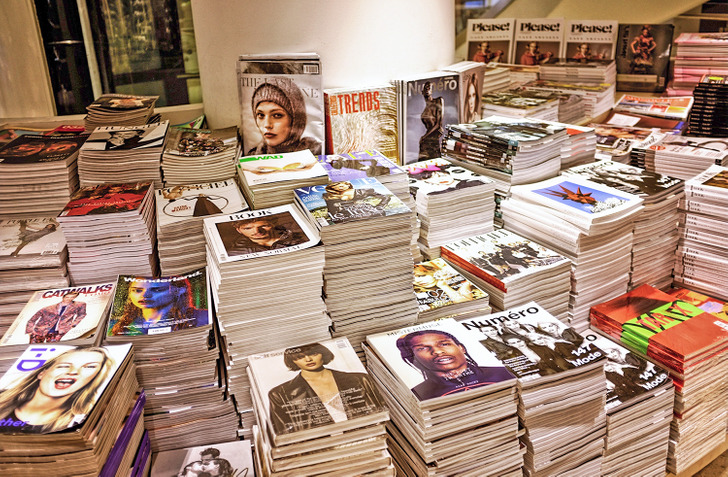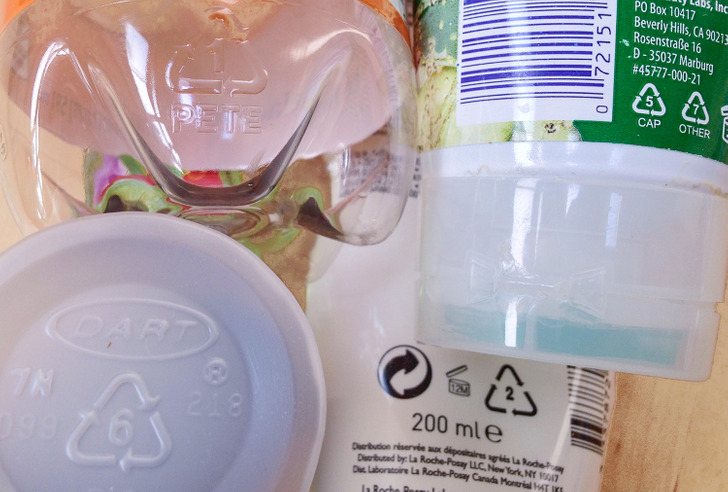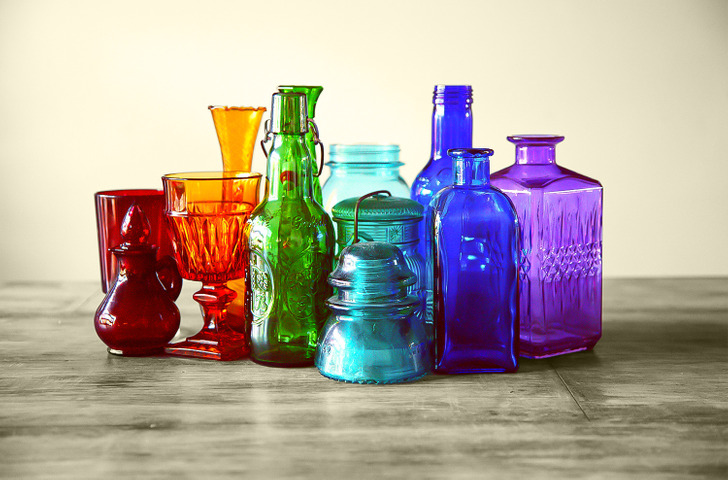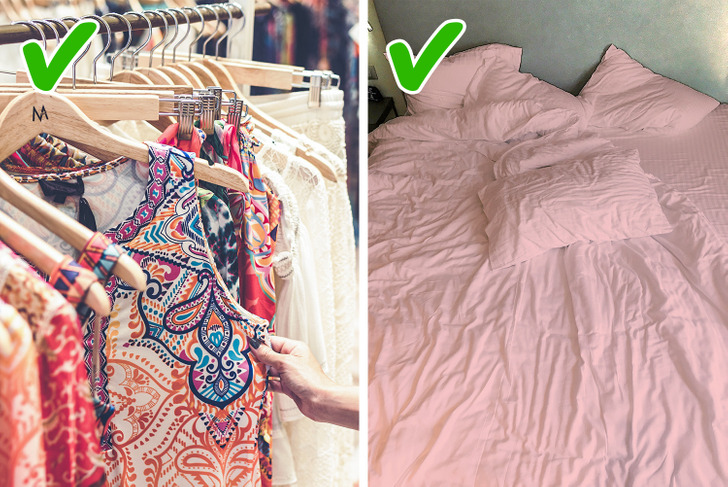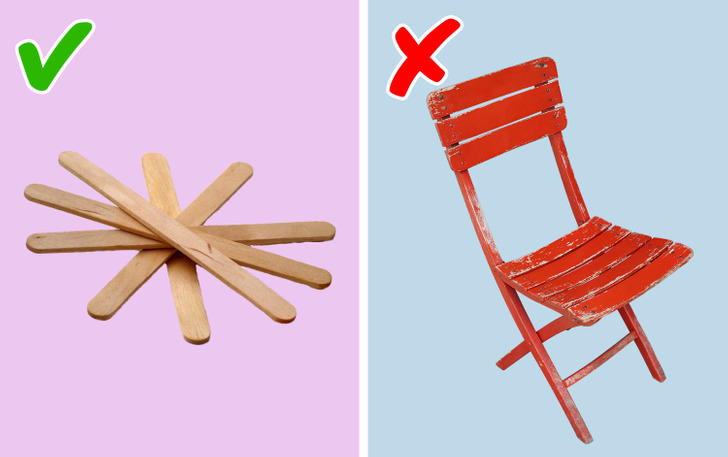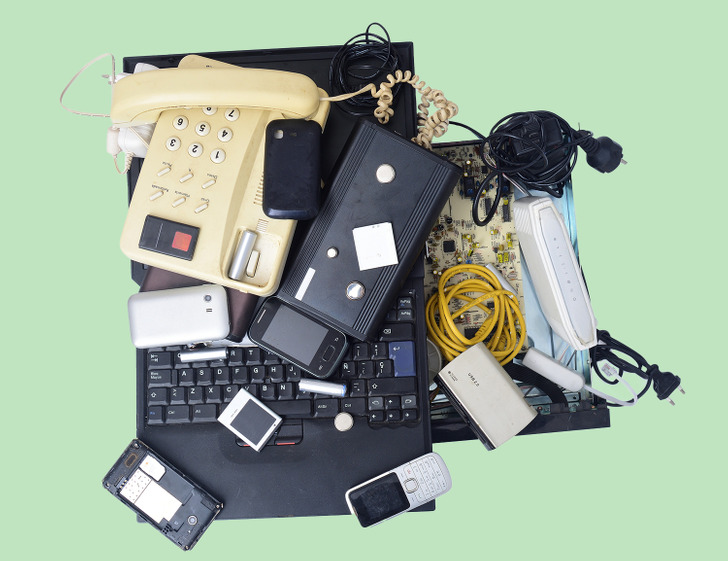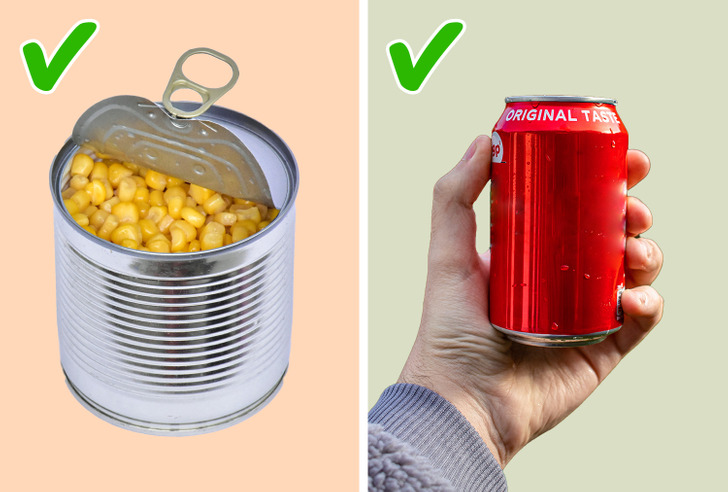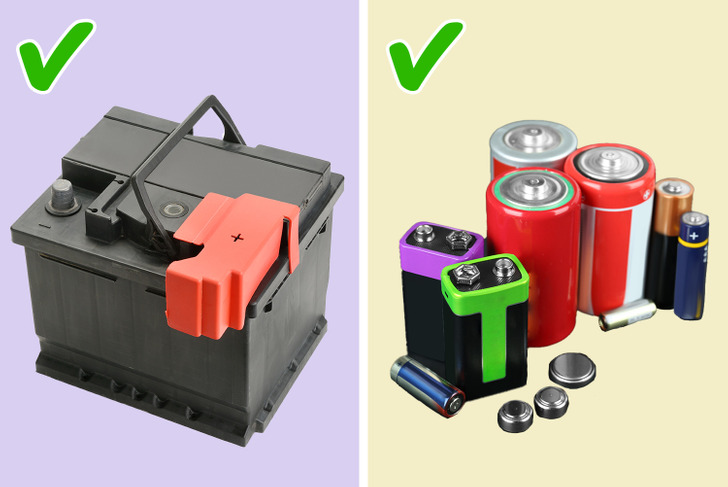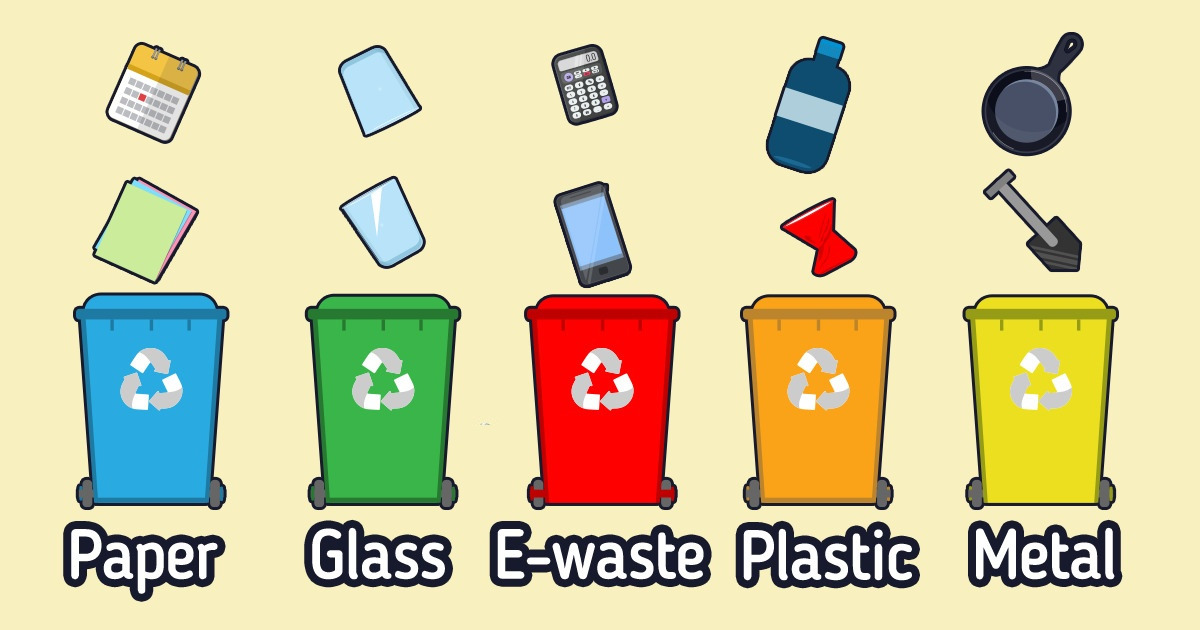
A Guide to Different Types of Recycling
Recycling includes the processes of collecting, sorting, and processing products and materials to make them ready to be used again. It has multiple benefits: it saves energy and other resources, helps to reduce waste, and saves landfill space. Moreover, recycling creates new jobs and enhances economic security.
5-Minute Crafts is going to tell you which items are recyclable and provide some basic recycling information.
Paper and cardboard
Recycling paper and cardboard items save trees, oil, landfill space, and water. Each time we recycle paper, more environmental savings are made: it takes less energy to produce new items from used paper than it does from wood. Less carbon dioxide is produced during the recycling process and less methane is produced at the landfills during paper decomposition.
If people use paper recycling to its full potential, wood is needed only once every 5 cycles of paper production.
Which paper and cardboard products can be recycled. Here is a basic list, you need to check out if your local program accepts these items:
- Newspapers
- Magazines
- Pizza boxes. Take away the leftovers and flatten the box.
- Postal envelopes
- Cardboard boxes and containers, like cereal boxes and egg cartons. All the boxes should be flattened before placing into a bin.
- Books. Try donating old books. If they are in bad condition, it’s time for recycling. Remove the covers from hard-cover books beforehand.
How to recycle paper. First of all used cardboard and paper items should be separated from other garbage and recyclable materials. The best way to ensure the process of recycling will be done properly is to keep waste paper as clean as possible. Depending on the local recycling program, cardboard and paper may be taken by responsible organizations either from centralized containers or from curbside bins, or special containers that are emptied according to the schedule.
Plastics
Recycling plastic is vitally important. Plastic is a very popular and multifunctional material, people use it everywhere, generating annually more than 300 million tonnes of plastic waste.
Plastic and its’ variations were invented not very long ago, that’s why no one knows the exact time of their decomposition. People believe it can take more than 500 years. They need to be recycled in order to save landfill space and prevent ocean pollution and to keep from harming marine animals.
Which plastic products can be recycled. You can find out whether the item is recyclable by checking the resin code. The code is a number between one and 7 that appears in the center of the triangle made of 3 arrows. For example, number 1 means the product is made of PET which is widely used for plastic bottles and can be recycled into filling for cushions, fleece, and carpets, and into polyester fabric.
Many varieties of plastic are recyclable, though much depends upon the local programs.
How to recycle plastics. Depending on the country, plastic items may be collected by local authorities or entrepreneurs or people may take them to collection points themselves: for example, recycling bins or recycling facilities.
Glass
Glass items are 100% recyclable. They can be recycled multiple times without losing their quality and purity. The basic idea is to recycle as much glass as possible: these items take up a lot of space at the landfill while their decomposition may take around a million years. Glass recycling also helps to save energy.
What glass items can be recycled. You can recycle glass items of different colors and types. They are sorted later at the recycling facility. Basic items are:
- Bottles
- Jars
- Windows
- Glass screens
- Drinking glasses.
How to recycle glass. It is important to prevent glass items from breaking: broken glass has little recycling value and can be harmful to recycling facility workers. Glass products are often taken to curbside recycling bins. If this option is not available, one can usually find other possibilities: areas with no curbside collection sites may create other collection points. It is always possible to search for the nearest facilities online.
Textile
Textiles tossed into landfills can be one reason for serious environmental issues. Natural fibers release greenhouse gases during their decomposition. Synthetic fibers don’t decompose at all but can poison the soil and groundwater with toxic substances.
Recycling facilities sort the fabrics according to types of fiber and color, take them apart into raw fibers, clean them, and finally transform them into new textiles. Fabrics can be recycled into rugs, garments, insulation, and other products.
Which textile items can be recycled. We can give a second life to most of the textiles including:
- Clothing
- Bed linens
- Cloth towels and napkins
How to recycle textiles. Before giving used textile items to recycling, we should consider the possibility of donation: if the clothes are still wearable it is always possible to give them a second life by passing them to specialized organizations. All the rest should be put in a recycling container. If there are no curbside recycling bins in the area, one can take old clothes and other textiles directly to a recycling facility.
Wood
Wood is one of the best renewable materials because of its multi-purpose nature. It can be reused in construction, burned as a fuel, or recycled into wood chips to be used for mulching around plants.
Which wood items can be recycled:
- Timber
- Stumps and limbs
- Dimensional lumber
Painted, treated, or contaminated items can’t be recycled.
How to recycle wood. It is crucial to make sure that wood items can be recycled and to prepare them for recycling in the proper way: to remove all metal parts of the product and sand off the paint. One can always search for a wood recycling facility on the internet. Some may pick up the used wood and others may ask for a drop-off.
Electronics (WEEE)
WEEE is for Waste Electrical and Environmental Equipment. This generally includes all devices powered by a battery or plug. It is important to recycle WEEE because of the chemicals inside the devices. When they are dumped into landfills the toxic substances can leak into soil and groundwater and finally get into our food.
Which WEEE items can be recycled. The devices are divided into several groups:
- Large household appliances
- Small household appliances
- IT and telecommunication equipment
- Medical equipment
- Toys, sports, and leisure equipment
- Display equipment, etc.
Electronics can’t simply be taken to the nearest recycling bin: they should be carried to specific collection sites.
How to recycle WEEE. First of all, one should prepare the device for recycling. Important data should be saved on the cloud or PC and then erased from the device. Finally, smart devices should be reset to their original setting, and SIM and memory cards must be removed. Depending on the local program it is possible to contact the local authority or special organization and ask for a collection or arrange with a retailer to take an old product after buying a new one.
Metal
Metal, like glass, can be recycled numerous times. Metals do not lose their quality after recycling. When it comes to the question of energy-saving, recycling one drink can is able to save enough energy to power a TV for 3 hours.
Which metals can be recycled. Metals can be classified as ferrous and non-ferrous.
- All ferrous metals including iron and stainless steel can be recycled.
- Most of the non-ferrous metals including aluminum, copper, and zinc may also be prepared for a second use.
How to recycle metal. One can sell metal items to a scrap yard or contact local metal buyers to learn how much they pay for collected metal.
Batteries
Lead-acid batteries which can be found in automobiles, boats, motorcycles, and other transportation vehicles are among the most recycled products. The other battery types can be recycled too. The possibility of recycling is especially important here because of the hazardous composition of batteries.
Though batteries are recyclable, it is crucial to not throw them into household garbage or recycle bins. They need to be taken to special drop-off locations.
How to recycle batteries. First, you should pay attention to the label with the battery chemistry. Lithium, lead-acid, and rechargeable batteries should not be placed in recycling bins but should be taken to the nearest recycling location.
